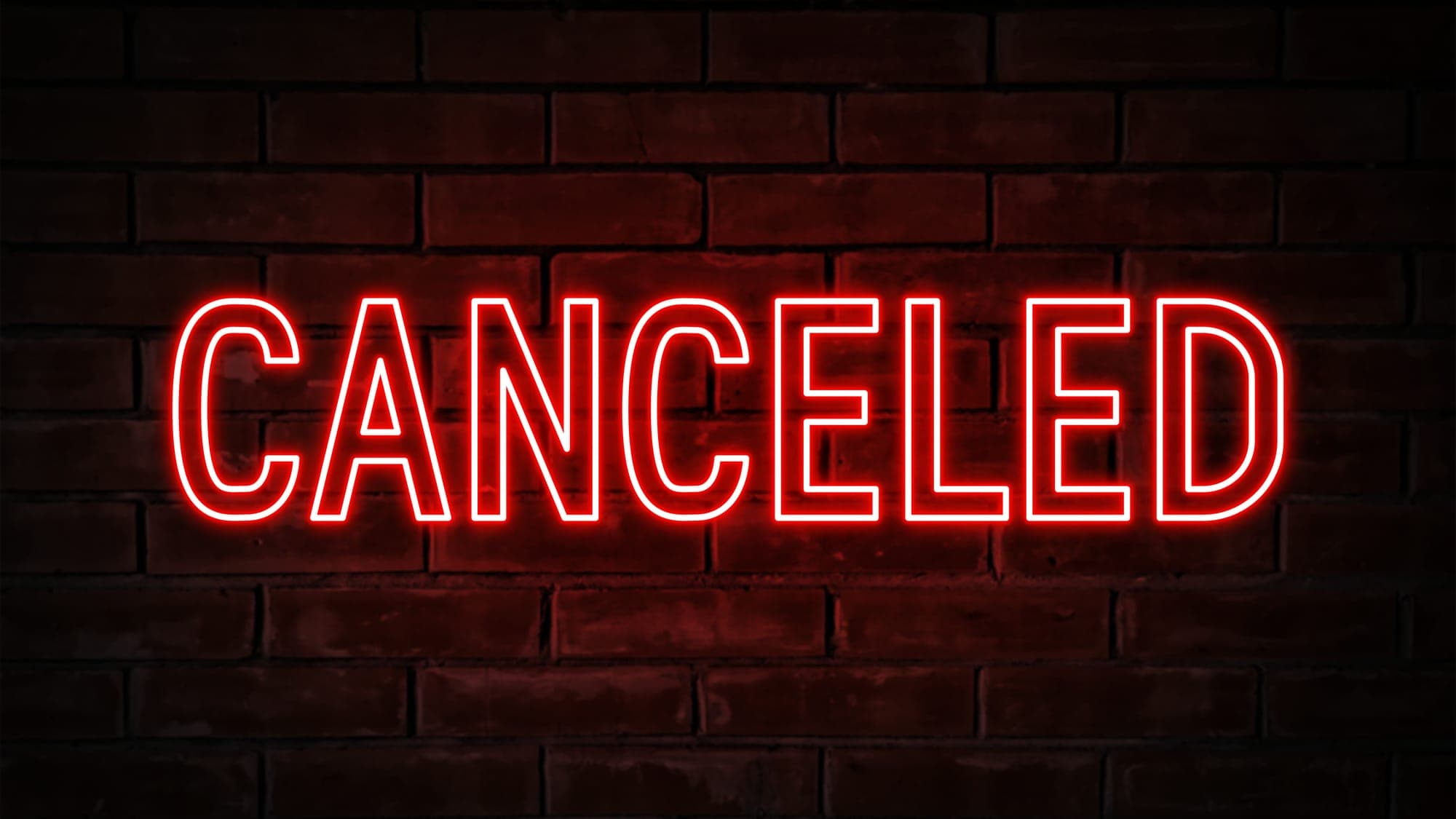Drive Thru Woes: One Thing Worse than AI
We've all been there: the rushed drive-thru experience. This post offers a few tips for employees to make ordering less stressful.
Published:

With all the buzz around AI, you've probably noticed some fast-food chains like Wendy's and McDonald's are experimenting with AI-powered drive-thrus. While the technology is still a work in progress, I often find myself longing for a human connection, especially when the alternative is being rushed through my order.
This isn't just about AI, though. I've encountered a troubling trend at some local coffee shops and restaurants: the relentless "What else?" after every item I order. It feels incredibly rushed and robotic, even more so than the AI systems I've experienced.
For example, my coffee order this morning went something like this:
Me: I'd like a medium café latte with hazelnut. Cashier: What else? Me: A medium chai latte. Cashier: What else? Me: And a couple of breakfast sandwiches. Cashier: What else?
This "what else" barrage feels incredibly impersonal and frankly, rude. Having worked in fast food and customer service myself, I'm left wondering, "Who's training these employees to take orders this way?"
Here's how I believe orders should be taken in a fast-food setting:
- Slow down: Give customers a moment to review the menu or consider their options. A few seconds of silence is okay! If they genuinely seem finished, then you can ask if there's anything else.
- Confirmation is key: Instead of immediately jumping to "what else," repeat the order back to the customer. This confirms accuracy and shows you're listening. For example, "So, that's a medium café latte with hazelnut and a medium chai latte so far?"
- Vary your phrasing: Instead of the abrupt "what else," try something more inviting, like, "Is there anything else I can get for you?" or "Anything else for you today?"
Rushing customers might seem like a way to speed up the drive-thru line, but it can backfire. Customers might feel pressured and forget to order additional items, leading to lost sales. Worse, they might become frustrated and even rude in response, creating a negative interaction for everyone involved.
While a single rushed interaction might not seem like a big deal, the cumulative effect of poor customer service can be significant. Lost sales, unhappy customers, and a general decline in service quality can ultimately lead to reduced hours, pay cuts, and even job losses. And let's not forget, poor service also fuels the demand for automated solutions like AI ordering systems, which can further impact employment.
So, if you're working in customer service, consider the impact of your interactions. Providing a positive and unhurried experience is not just about making the customer feel good; it's about protecting your job and the future of customer service itself.








